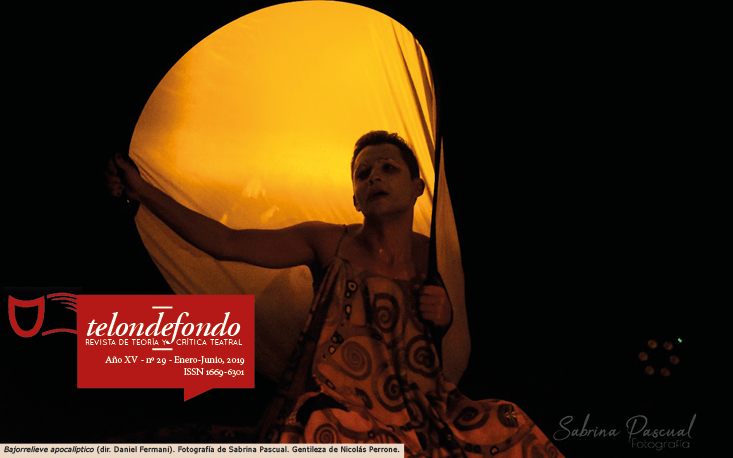"Deformances": Possibilities for a Theatrical Cartography of Gender Disobediences at the Centro Cultural Rojas (1984-2014)
Abstract
In the eighties, at the Centro Cultural Ricardo Rojas (C.C.R.R) of the University of Buenos Aires, Batato Barea (self-defined as a literary-transvestite-clown) proposed a body dramaturgy that disregarded the logic of the gender cystem [sic]. In the new millennium, within the framework of the activities developed by the Gender Technologies Area of the aforementioned institution, his figure was evoked, in a spectral manner, through a performing arts program that dialogued with the social movement of the transvestites of Buenos Aires. Based on that intersection, a theatrical cartography of gender disobediences can be traced at the C.C.R.R in the period 1984-2014. To understand the institutional profile that made this possible, the first part of this study offers a historiographical panorama of the Centro Cultural Ricardo Rojas. Then, the second part proposes a reflection on the characterization of this cartography. Finally, the concept of deformance is presented and analyzed as a counter-productive category under which we can register a corpus of artists that participated in the institution, intermittently, throughout its 30 years of existence.Downloads
Los autores/as que publiquen en esta revista aceptan las siguientes condiciones:
-
Los autores/as [traductores] conservan los derechos de autor y ceden a la revista el derecho de la primera publicación, con el trabajo registrado con Licencia Creative Commons Atribución-NoComercial-CompartirIgual 4.0 Internacional, que permite a terceros utilizar lo publicado siempre que mencionen la autoría del trabajo y a la primera publicación en esta revista.
-
Los autores/as pueden realizar otros acuerdos contractuales independientes y adicionales para la distribución no exclusiva de la versión del artículo publicado en esta revista (p. ej., incluirlo en un repositorio institucional o publicarlo en un libro) siempre que indiquen claramente que el trabajo se publicó por primera vez en esta revista.
-
Se permite y recomienda a los autores/as a publicar su trabajo en Internet (por ejemplo en páginas institucionales o personales).











